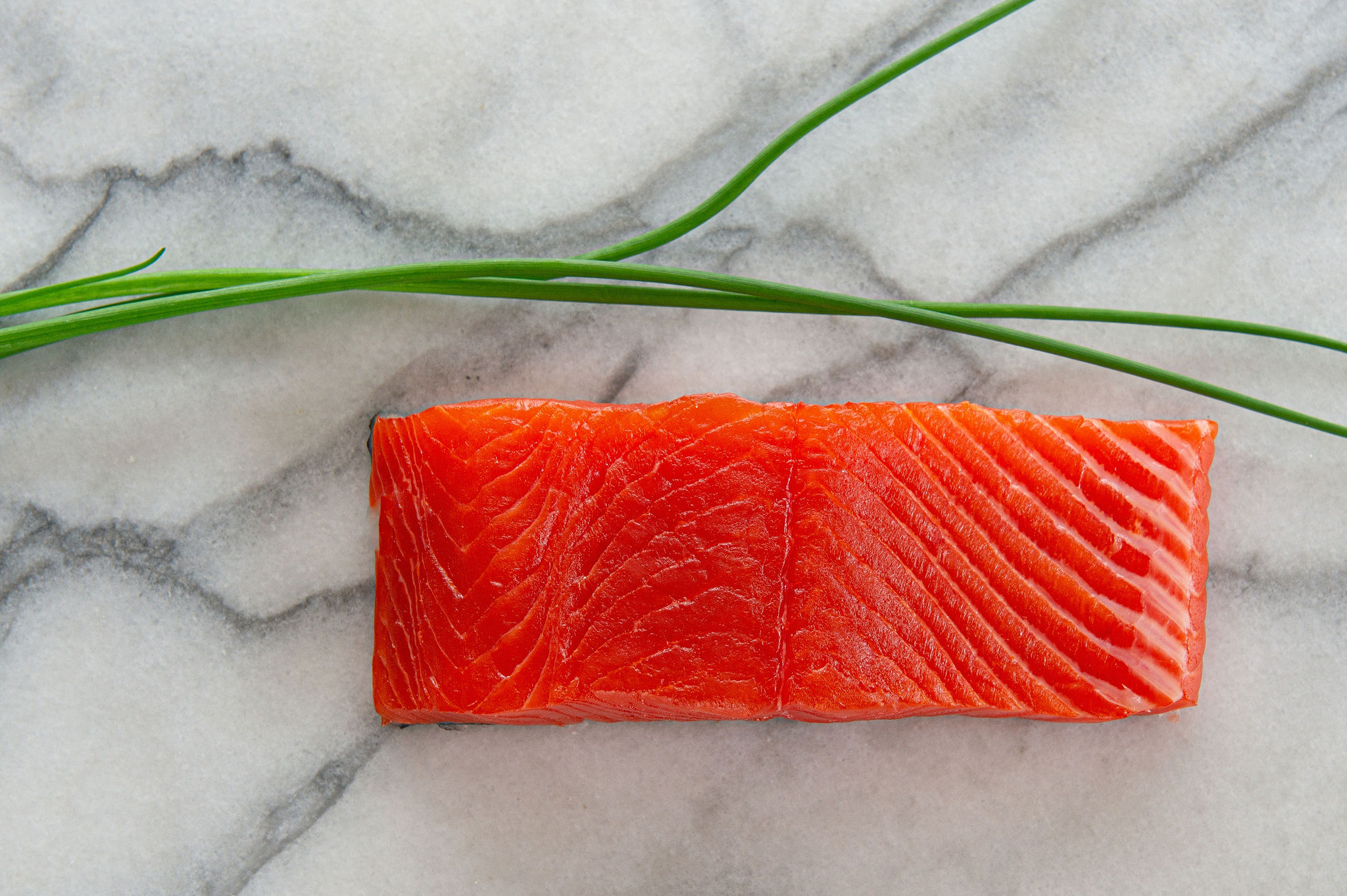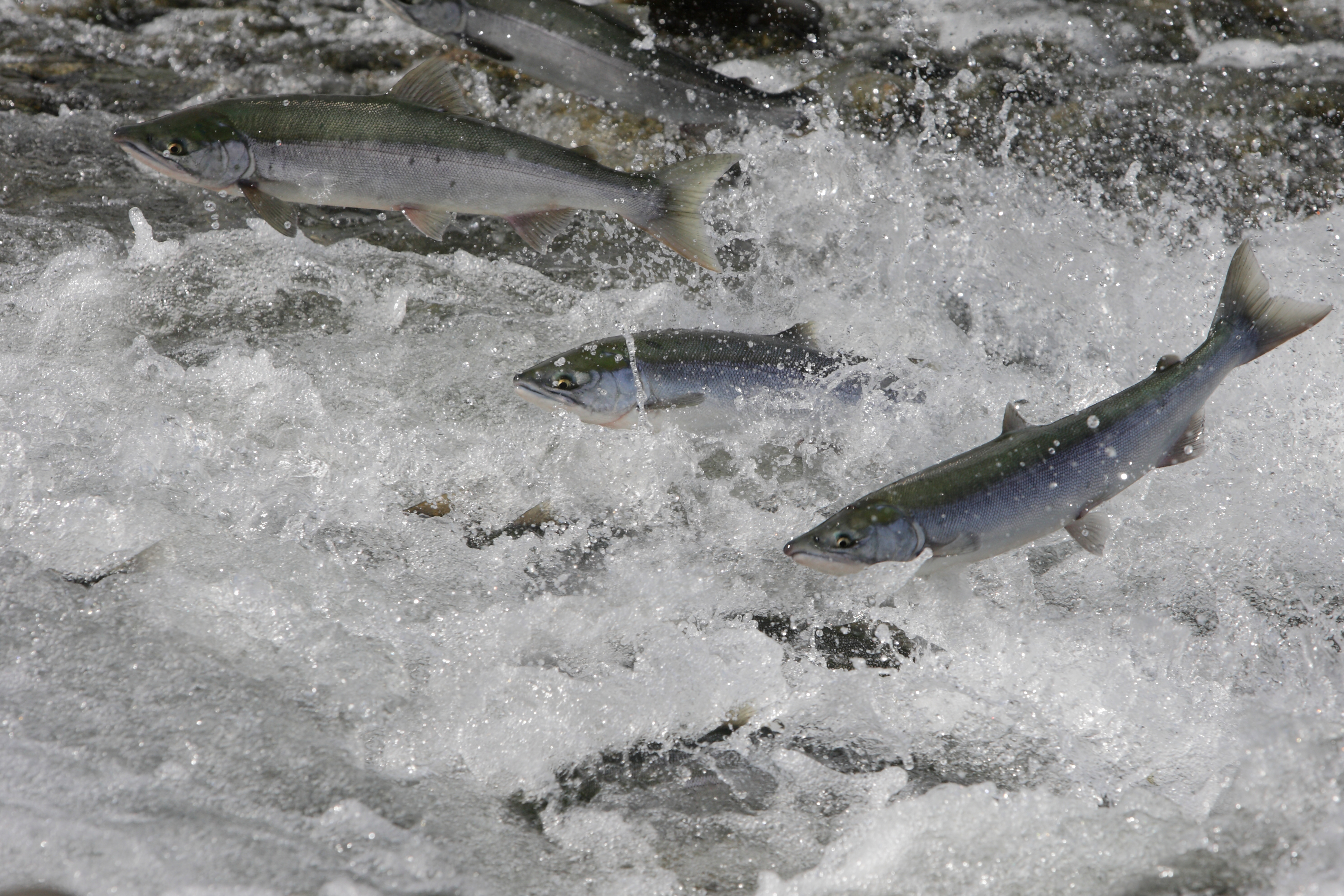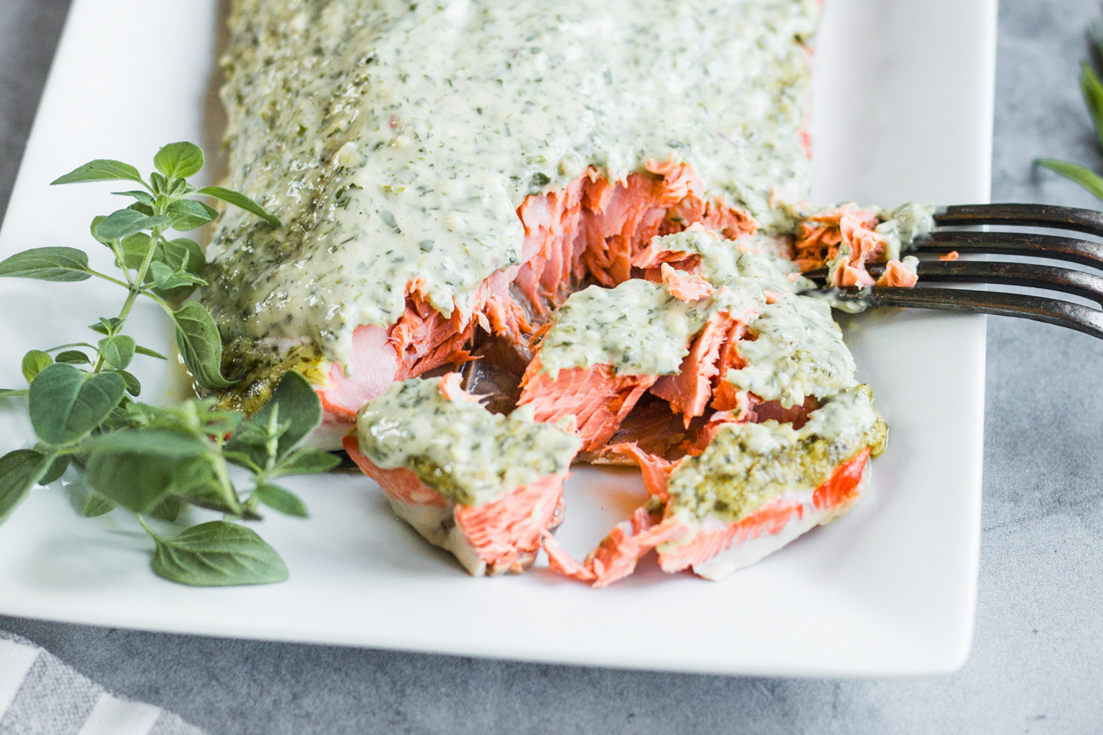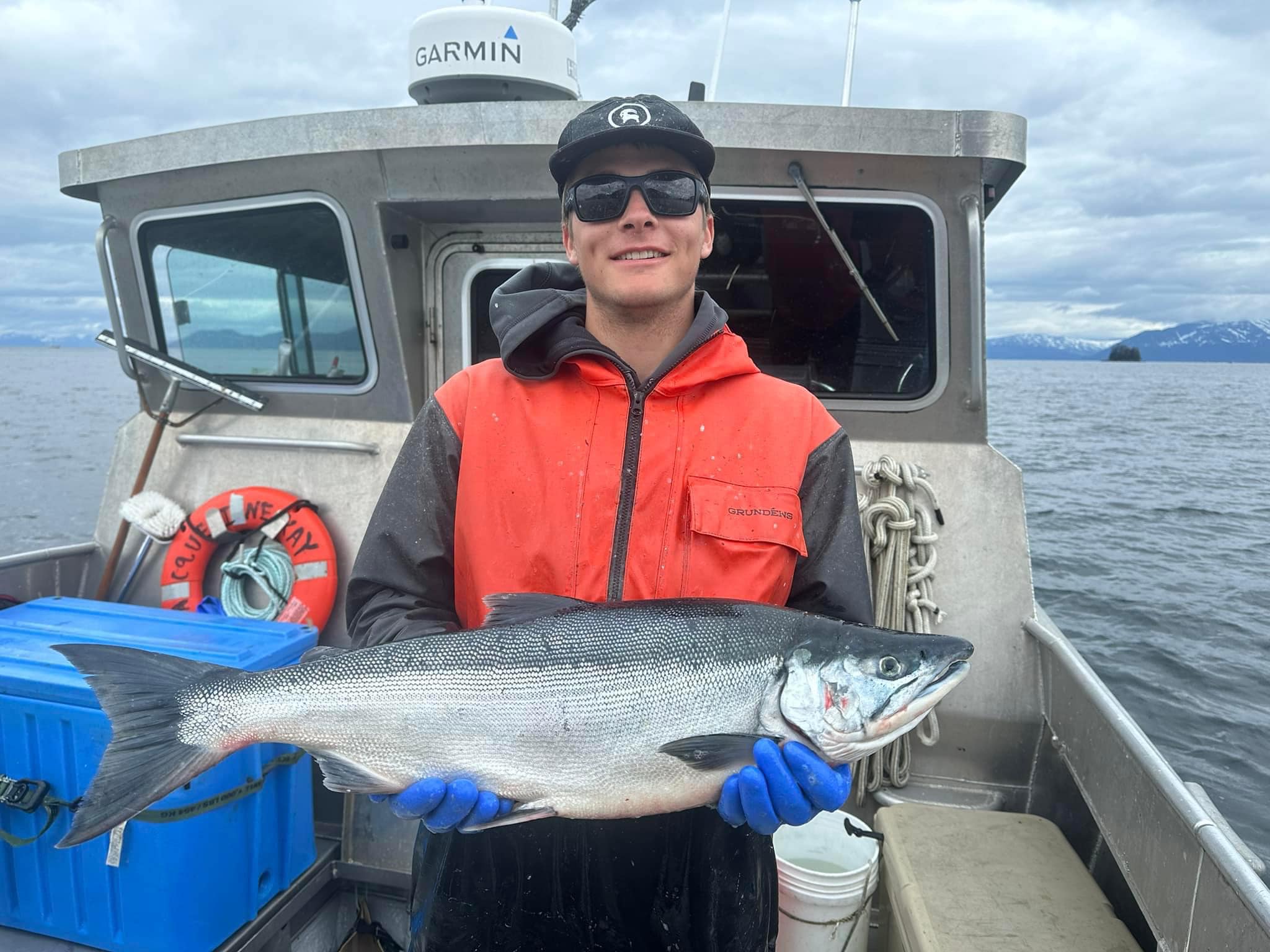By using our website, you agree to the use of cookies as described in our Cookie Policy
From Egg to Epic Journey: The Life Cycle of The Prince William Sound Salmon
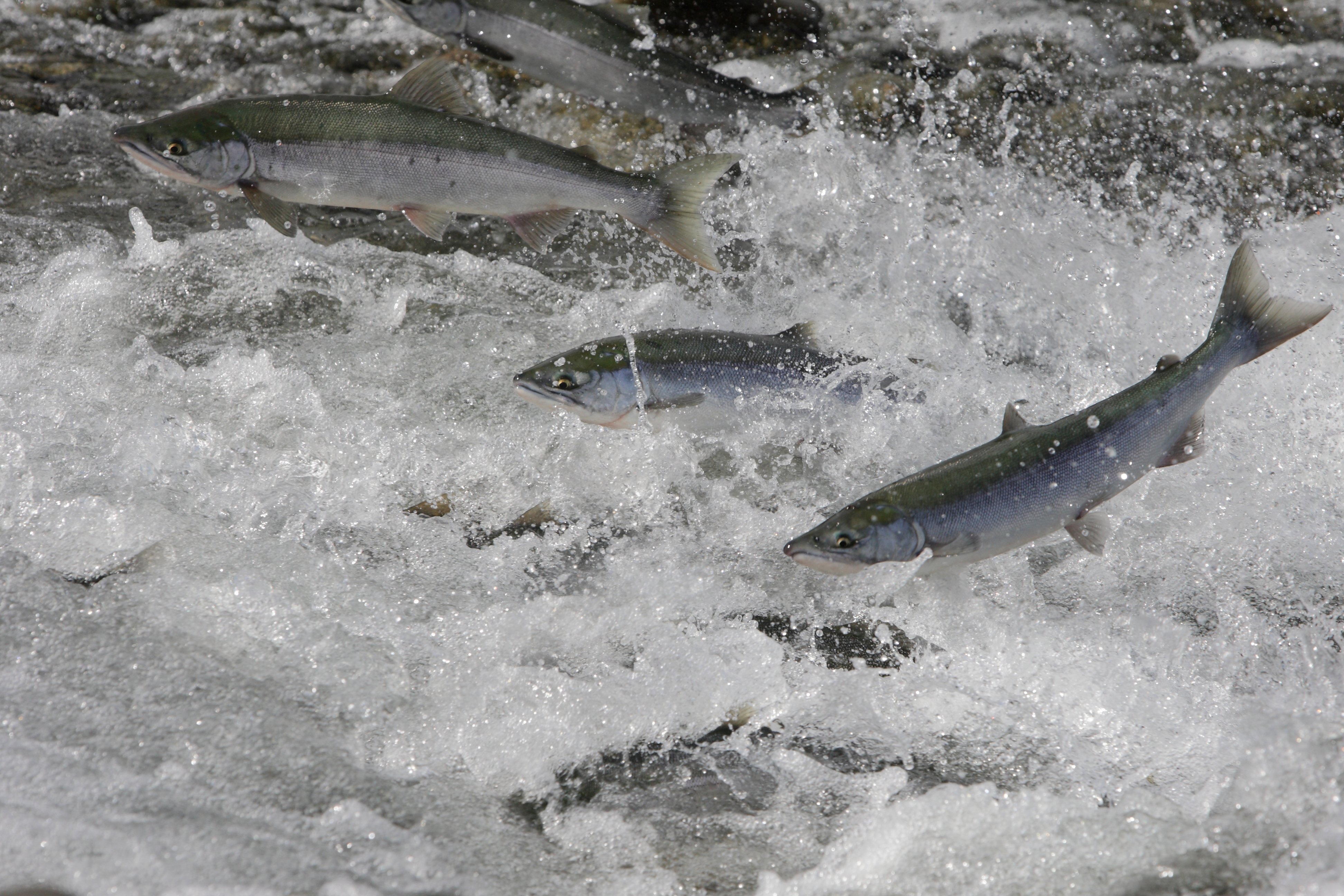
Exploring the Journey
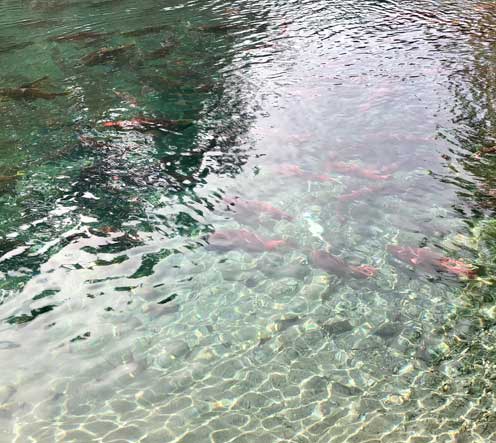
A School of Salmon, Prince William Sound
As we celebrate Earth Day, it is important to take a moment to appreciate the natural cycles that occur on our planet, including the life cycle of Prince William Sound wild salmon. These migratory creatures have one of the most impressive and complex natural processes in the animal kingdom. Their journey from egg to adult and back again is not only awe-inspiring but also has important ecological and economic benefits. These fish are born in freshwater rivers and streams, then embark on a monumental voyage to the ocean, only to return to their birthplace to spawn and die. It's like a never-ending cycle of life and death, and it's truly fascinating!
The Importance of Migration
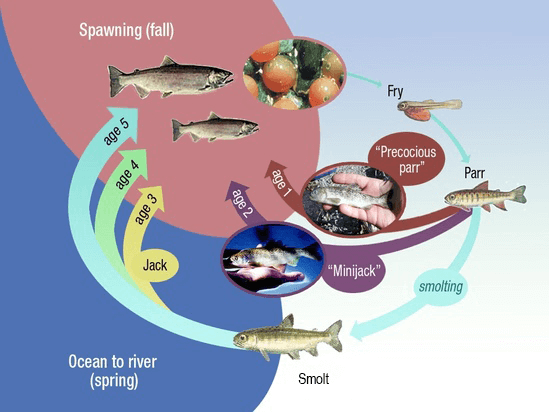
The Life Cycle of Pacific Wild Salmon NOAA Fisheries
The trajectory of Prince William Sound Salmon is an experience that spans several years and thousands of miles. This biorhythm is an important part of the habitat in our region. Each year, millions of salmon make this impressive trip from their freshwater homes in rivers and streams to the vast open waters of the Pacific Ocean and back again to the sound. Their diaspora is not only crucial for the survival of the salmon species but also for the ecological balance of The Prince William Sound.
For more on the survival of salmon in our region visit our blog post: Salmon for A Sustainable Future
The Early Stages Of Prince William Sound Salmon
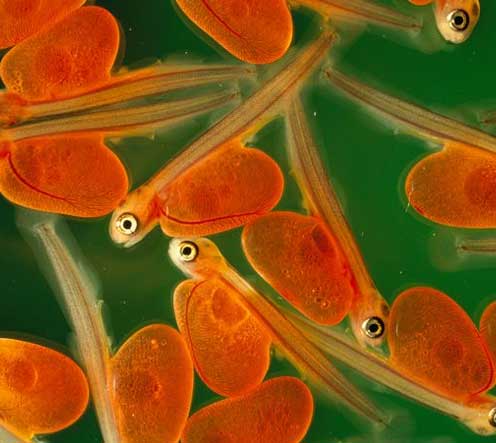
Alevin nps.gov
Their wheel of life begins with the spawning process, which typically occurs during the fall season. This is when the adult salmon make their way back to their freshwater birthplace to lay their eggs. The female salmon will create a depression in the streambed where she will lay her eggs. The male salmon then fertilizes the eggs by releasing their seed. After the eggs have been fertilized, they are left to develop in the streambed for several months. Once the eggs have hatched, the salmon will spend the next few years of their life in the freshwater streams and rivers of Prince William Sound. During this time, the juvenile salmon will feed on small insects and other aquatic creatures, growing stronger and preparing for their journey to the ocean.
Watch: “Life Cycle of Pacific Salmon”
Surviving the Wild
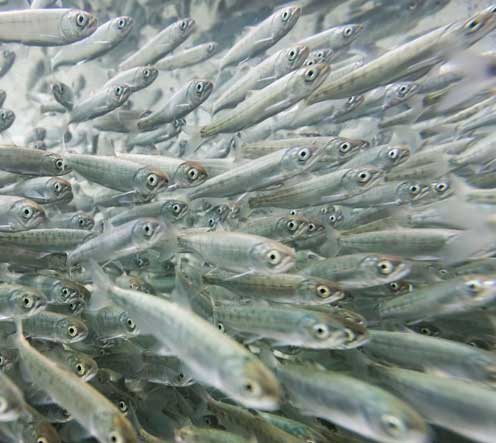
Salmon as Smolt Mosaicforests.com
When the salmon is ready, they will begin their journey to the Pacific Ocean. This can take several weeks and can be dangerous since they navigate through fast-flowing rivers and have to avoid predators such as bears and eagles. Once they reach the ocean, the salmon will spend the next few years of their life in the open waters, growing large and robust, by feeding on plankton and other small fish.
After several years in the ocean, the adult salmon will begin their movement back to their freshwater birthplace to spawn. This is known as the "return migration." Returning to Prince William Sound is just as treacherous as the trip to the ocean. The salmon must navigate through strong currents and avoid predators such as sea lions and sharks.
Finally, after their long and arduous journey, the adult salmon will reach their freshwater birthplace to spawn and complete their life cycle. After spawning, the adult salmon will die, providing a source of nutrients for other wildlife in the ecosystem. The cycle then begins again with the hatching of the next generation of salmon.
The Natural Wonders of Prince William Sound
The Rejuvenating Life Cycle of The Prince William Sound Salmon
The circuition of Prince William Sound Salmon is a metaphor for rejuvenation, just as Earth Day is this month. The salmon's trajectory represents the wheel of life and the interconnectedness of all living things. Salmon are a crucial part of the ecosystem in Prince William Sound, providing a source of food and nutrients for other wildlife in the area. The restoration of the salmon population is crucial for the health of the ecosphere and the region as a whole. This Earth Day, let's remember the importance of renewal and the harmonious connection that exists between all species.
‹ Back


